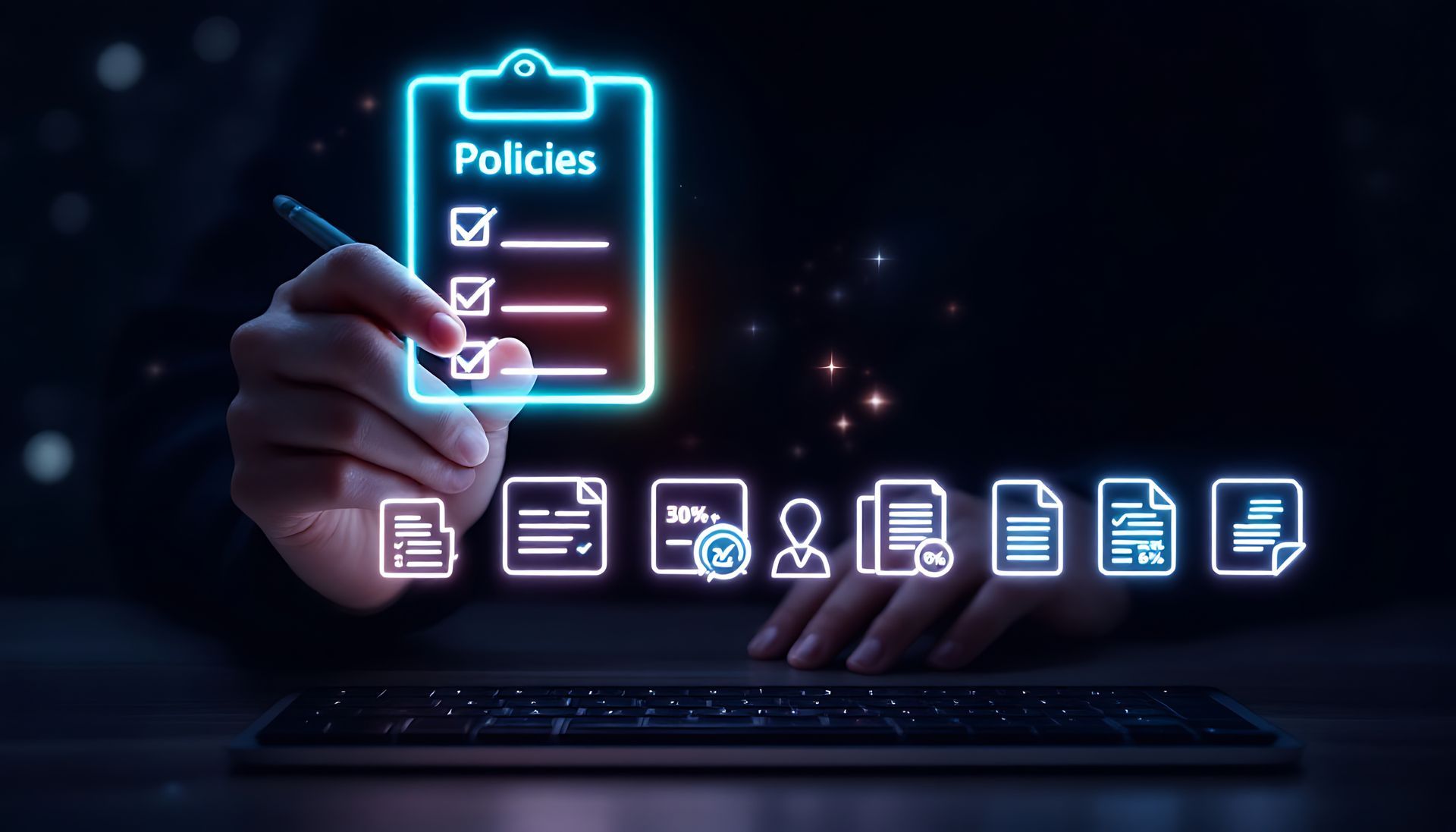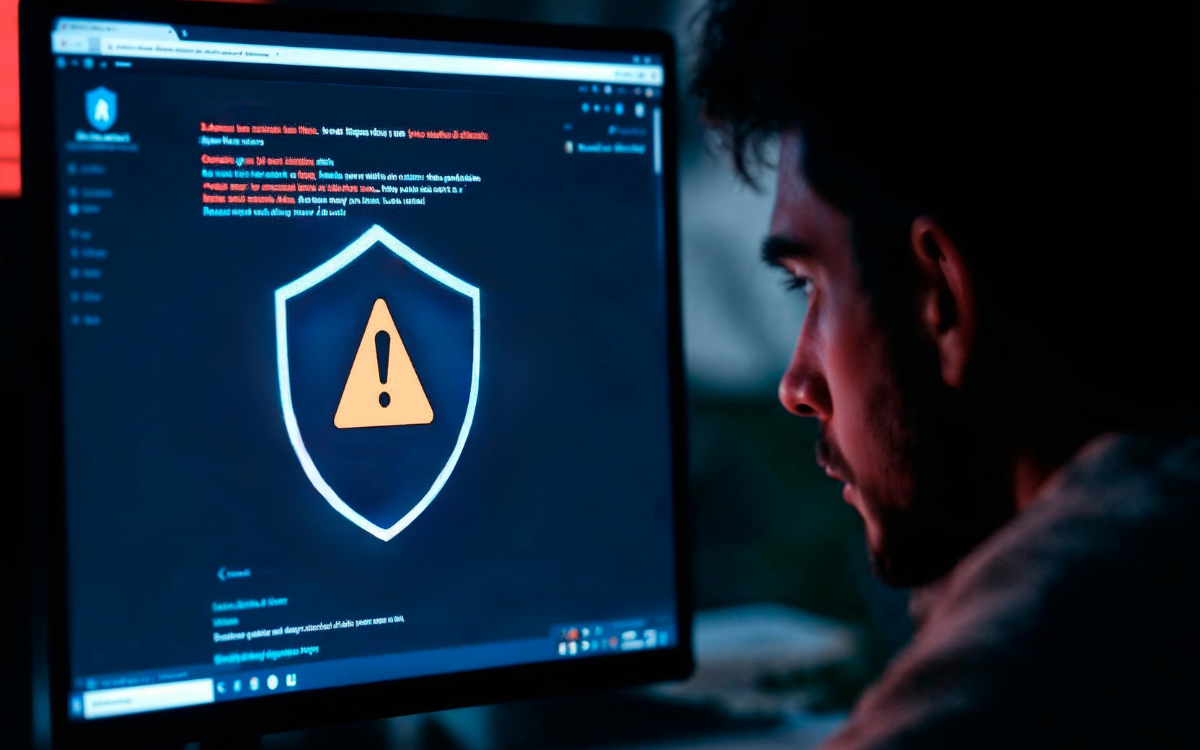Preventing Supply Chain Attacks: Principles You Can’t Ignore
Preventing Supply Chain Attacks: Principles You Can’t Ignore
Your global supply chain isn’t just a logistical concern—it’s a critical vulnerability. With every link in your supply chain representing a potential vector for cyberattacks, organisations must go beyond traditional perimeter defences and take a strategic approach to secure the entire network. The recent rise in high-profile supply chain attacks like SolarWinds and NotPetya serve as stark reminders of how devastating a single compromise can be.
To safeguard against these evolving threats, Cybergen outlines a practical, principle-driven approach to securing your supply chain. The methodology involves four foundational stages: understanding risks, establishing control, checking arrangements, and continuous improvement. In this article, we’ll explore each of these in detail, helping you adopt a proactive and sustainable supply chain security strategy.
1. Understand the Risks
The journey to securing your supply chain begins with awareness. You can’t protect what you don’t understand, and in the case of supply chains, that means identifying what’s most valuable and where the threats lie.
Start by developing a clear picture of what needs protection—data, services, infrastructure, intellectual property—and why these assets are attractive to malicious actors. From there, gain a solid grasp of the risks posed by your supply chain.
This isn’t just about your direct suppliers but extends to the entire chain, including subcontractors and third-party service providers. In modern interconnected ecosystems, vulnerabilities are rarely contained within a single node—they often spread invisibly across multiple touchpoints.
By knowing who your suppliers are and understanding their security posture, you begin to build the situational awareness required for meaningful risk management. This understanding forms the backbone of all subsequent security actions.
Once risks are understood, the next step is to gain control over your supply chain’s security landscape. This involves both setting expectations and putting governance structures in place.
It’s vital to define and communicate minimum security requirements for all suppliers. These expectations must be clear, consistent, and actionable. Think beyond compliance checklists and focus on outcomes—what behaviours, protections, and responses do you require from your suppliers to align with your security goals?
Security should also be baked into your contracting process. This means incorporating security clauses into supplier contracts and requiring your partners to do the same with their own providers. By embedding security obligations throughout the contractual ecosystem, you ensure that protection isn't just a policy—it's a binding agreement.
Just as importantly, organisations must meet their own responsibilities. Whether you’re a supplier yourself or a consumer of services, security is a shared responsibility. A single weak link—whether upstream or downstream—can expose the entire network.
Raise awareness of security within your supply chain by regularly communicating risks, expectations, and best practices. Supply chain security isn’t just a policy—it’s a culture that must be nurtured across organisational boundaries.
3. Check Your Arrangements
Security is never static, and controls on paper are only as good as their real-world implementation. This is where assurance comes into play.
Build assurance activities into your overall approach to supply chain management. These can include audits, reviews, penetration testing, or third-party assessments that help you verify whether suppliers are meeting the security expectations you’ve set.
However, assurance isn’t only about catching failures—it’s also about enabling improvement. When you identify gaps or weaknesses, use them as opportunities to engage suppliers in collaborative improvement. The goal isn’t to punish, but to raise the security baseline across the chain.
Additionally, communicate your own view of what "good security" looks like. Provide suppliers with resources and support so that security isn’t seen as a burden, but as a partnership. Open, two-way communication fosters trust and allows for faster, more coordinated responses when incidents occur.
Speaking of incidents, don’t wait for a breach to test your preparedness. Establish protocols for how support will be provided in the event of a security incident. This includes clear lines of communication, defined roles and responsibilities, and response playbooks that align with each party’s capabilities and obligations.
4. Continuous Improvement
Cybersecurity is not a destination—it’s an ongoing journey. Attackers evolve, technologies shift, and supply chains grow more complex over time. That’s why continuous improvement must be a cornerstone of your supply chain security strategy.
Encourage a culture of iterative enhancement among your suppliers. This can be achieved by holding regular reviews, offering feedback, and incentivising improvements. Encourage suppliers to not only meet current requirements but to anticipate future challenges.
Build trust with your partners by being transparent, supportive, and collaborative. Trust is essential in encouraging openness about risks, incidents, or potential vulnerabilities. When suppliers feel safe to report issues without fear of retribution, the entire chain becomes more resilient.
Furthermore, adopt a learning mindset. Analyse past incidents—both within your organisation and in the wider industry—to extract lessons and refine your approach. Famous supply chain attacks like CCleaner, SolarWinds, and NotPetya serve as case studies of how quickly a compromised vendor can cascade into widespread damage.
For example, the CCleaner attack in 2017 led to 2.3 million users downloading a tainted version of the software, which then targeted high-value tech companies like Intel and Microsoft. The SolarWinds breach in 2020 impacted over 18,000 organisations, including major government agencies, by embedding malware in a legitimate software update. And NotPetya, initially disguised as ransomware, wreaked havoc globally—crippling shipping giant Maersk and pharmaceutical leader Merck, causing billions in damages.
Each of these incidents had one thing in common: a trusted supplier was used as a trojan horse. They underscore the importance of moving from reactive to proactive—where security is not a checkbox at the end, but a mindset from the beginning.
The Bottom Line
Supply chain attacks are not just IT problems; they are business-critical threats that can cripple operations, damage reputations, and compromise national security. The complexity and interconnectedness of modern supply chains mean that no single organisation can go it alone. Success depends on building a security-first culture across your entire network of suppliers and partners.
By following Cybergen’s four-stage model—understanding risks, establishing control, checking arrangements, and driving continuous improvement—you can create a more secure, resilient, and trustworthy supply chain. This is no longer optional; it’s essential for survival in an increasingly hostile cyber landscape.
Stay proactive. Stay informed. And most importantly—stay secure.
Don’t wait for a breach to expose the gaps in your supply chain. Contact us today and take the first step toward end-to-end security.




